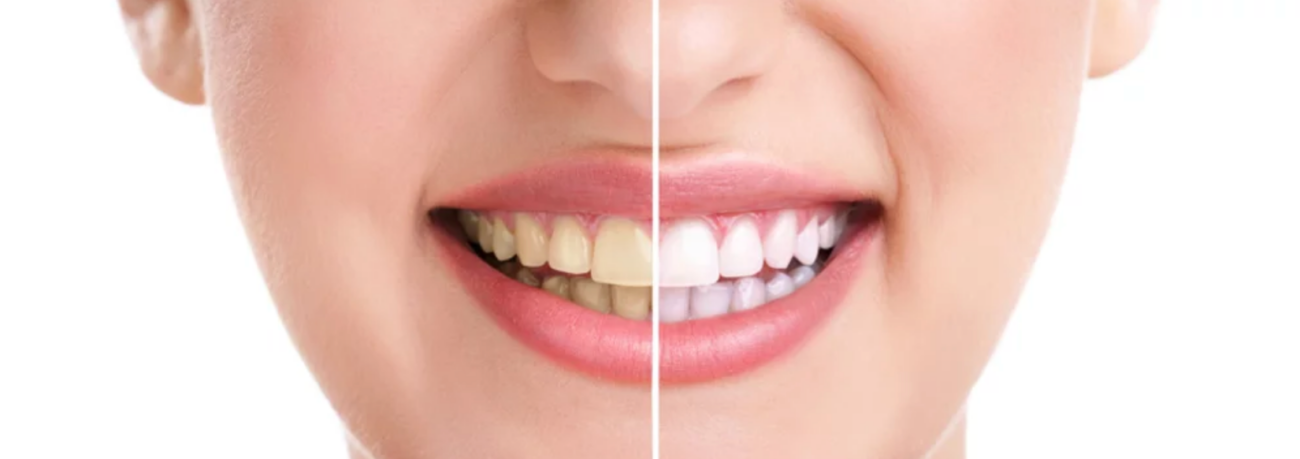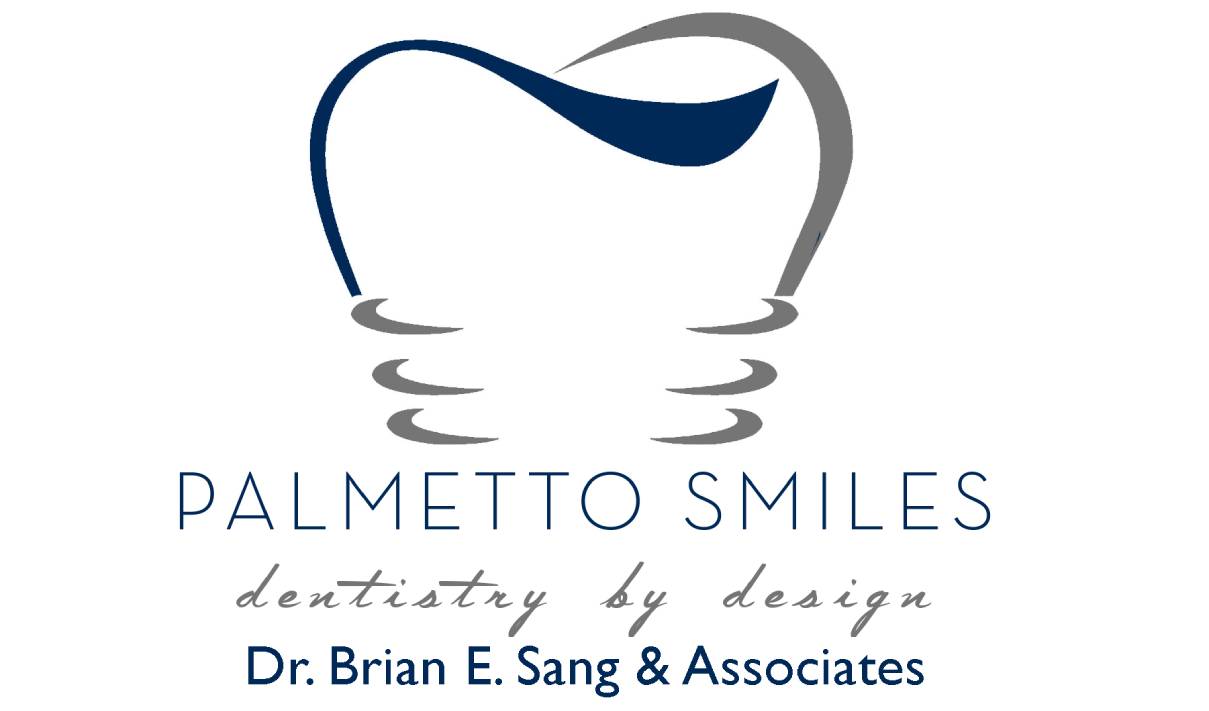A bright, white smile is a common desire for many people. With the importance of social media, our smiles are on display constantly. However, it can be hard to keep your smile white if your diet or other factors get in the way. A lot of people complain of tooth discoloration, which can occur through intrinsic or extrinsic factors.
Intrinsic factors are those that occur within the tooth, typically due to genetics or medication. Extrinsic causes of discoloration include diet, age, or other common factors. If you know the reasons for your tooth discoloration, you can ask your dentist for the proper treatment options.

Food and Drink
One of the more common ways you may experience tooth staining is through your diet. Over time, many foods and drinks can cause tooth discoloration. Popular drinks like coffee, tea, and red wine can stain your teeth due to their dark colors. Additionally, these drinks contain tannins that allow the stains to travel further into the teeth.
If you eat foods that are high in sugar or acid, you may experience higher levels of tooth discoloration. For example, citrus foods, berries, or candies can all leave your teeth less than white. The acids can erode your enamel and discolor your teeth.
Tobacco Use
Smoking and using other tobacco products can cause tooth discoloration over time. Tobacco contains tar and nicotine, which can leave brownish-yellow stains on your teeth. In addition, smoking and tobacco use can also lead to gum disease, causing further discoloration and tooth loss.
Poor Oral Hygiene
Poor oral hygiene can also contribute to tooth discoloration. When you don’t brush and floss regularly, plaque and tartar can build up on your teeth. This can cause them to appear yellow or brown. Poor oral hygiene can also lead to gum disease, which can cause your gums to recede and expose the roots of your teeth. Over time, this can lead to further discoloration.
Aging
As you age, your teeth can become yellow or brown due to the natural wear and tear that occurs over time. The enamel on your teeth thins as you age, exposing the yellowish dentin underneath.
Trauma
Trauma to your teeth, such as a fall or injury, can also cause discoloration. If your tooth is damaged, it may turn gray or black due to the death of the pulp inside.
Medications
Certain medications can cause tooth discoloration as a side effect. For example, some antibiotics, antihistamines, and blood pressure medications can cause yellow or gray discoloration of the teeth.
Genetics
Unfortunately, some people are simply more prone to tooth discoloration due to their genetics. If your parents or grandparents have yellow or brown teeth, you may be more likely to experience discoloration as well.
